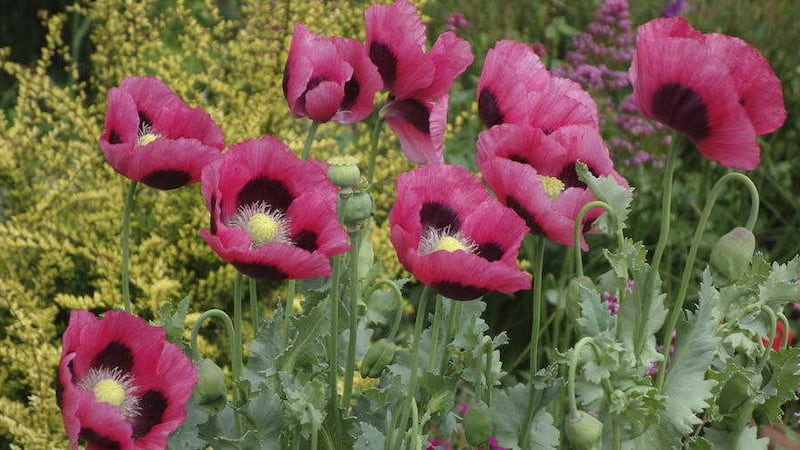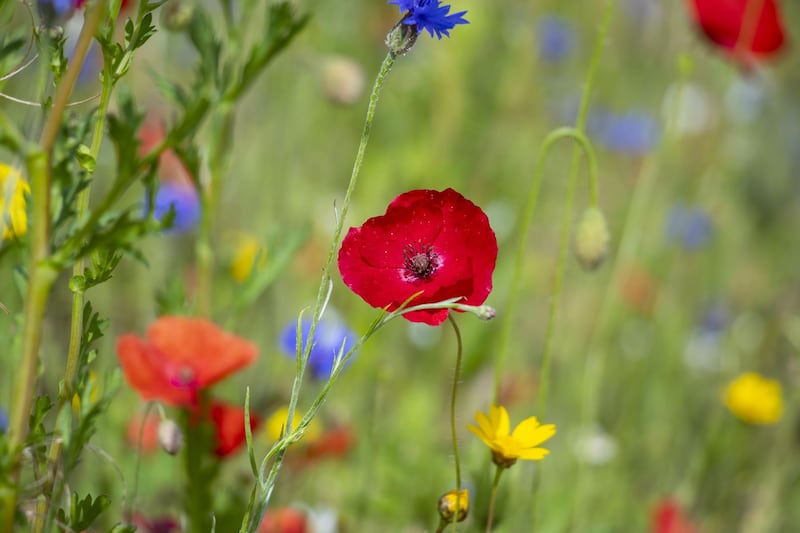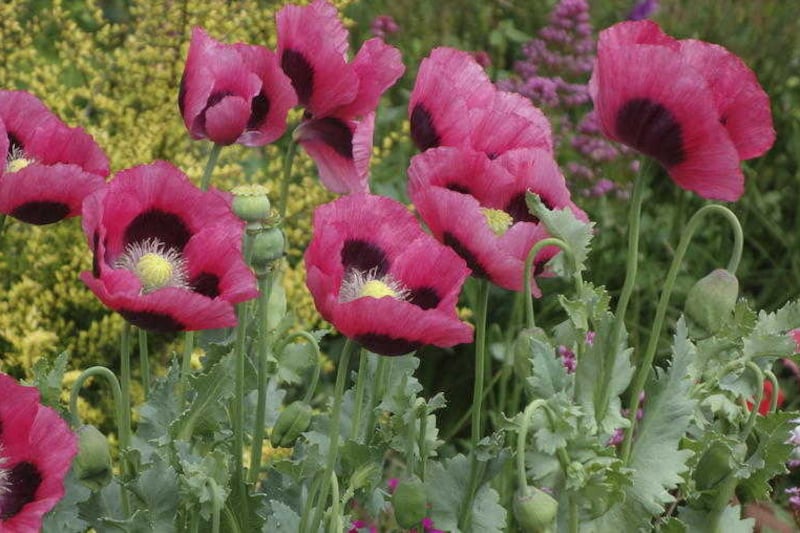A FEW years back the arrival of some red poppies against one of republican Belfast’s most familiar backdrops was deemed a front page story in a local newspaper.
The thrust of the article was that a flower adopted by the British armed forces as a symbol of remembrance had suddenly sprung up in abundance on a piece of ground close to Divis flats. But rather than emerging naturally en masse from a former battleground, as the common or field poppy (Papaver rhoeas) did so poignantly on the killing fields of Flanders in the aftermath of the First World War, these and other wild flowers were part of Housing Executive-sponsored project to utilise small bits of land that were otherwise underused.
An admirable idea and a PR success at the time, though it’s unclear what became of Divis’s community wild flower meadow in subsequent years.
Earlier this week social media alerted me to the arrival of another poppy in west Belfast, though this time it was in Andersonstown and an oriental poppy. Originating in the uplands of Turkey and Iran, this perennial poppy is part of the same (Papaver) family as the field or corn poppy as well as the opium poppy (P. somniferum) – but not mecanopsis, the Himalayan (so-called) poppy.
The oriental poppy in question appeared through a crack in the footpath and had already produced a vermillion flower, a good fortnight before I expect my own similar oriental poppies to bloom.
For much of the year the oriental poppy’s hairy, thistle-like foliage is reasonably discreet. Then around mid-May the flower buds form like alien's eggs that are hoisted skywards on gravity-defying stalks up to meter long.
In June, during the period of lull before summer really gets going, the buds explode into papery blooms of vermilion, pink, lilac, scarlet, and many more colours – depending on variety. The flowers may be ephemeral, lasting less than a day if it's wet and windy but their beauty is impossible to deny. Don't fret over one flower, however, because the vigorous oriental poppy will produce many more over the next few weeks, especially if you dead head.
Come July, the whole plant collapses on itself with exhaustion, an untidy swan song that is among a number of drawbacks with Papavar orientale – the others being its tendency to fall over if conditions aren't perfect and the plant's persistence in areas where it is not wanted.
Staking in May is the best solution to counter flopping, while containment and vigilance will help prevent this majestic plant from becoming a nuisance. There's also the added bonus that if you cut the plant back hard immediately after flowering – which helps tidy it up – then it will flower again to a lesser extent in early autumn.
Given the opportunity to begin again with oriental poppies, I’d most likely opt for the regal, deep scarlet of 'Beauty of Livermore' or P. orientale 'Goliath Group', as the pedants now call it. Other recommended cultivars include the pale pink 'Karine', the self-explanatory 'Black & White' and the delicious purple of ‘Patty’s Plum’.
'Turkenlouis' is a newer bright red variety, while the delicious sounding 'Raspberry Ruffles’ has a double row of frilly edged petals that fade as they age.
You can easily propagate oriental poppies taking so-called Irishman’s cuttings during dormancy, by simply dividing an existing clump with a fork. Replant pieces of root with a leaf attached in good clean fertile soil, cutting off most of the foliage.
Be warned, however, that oriental poppies can be thuggish and intimidate meeker plants nearby.




